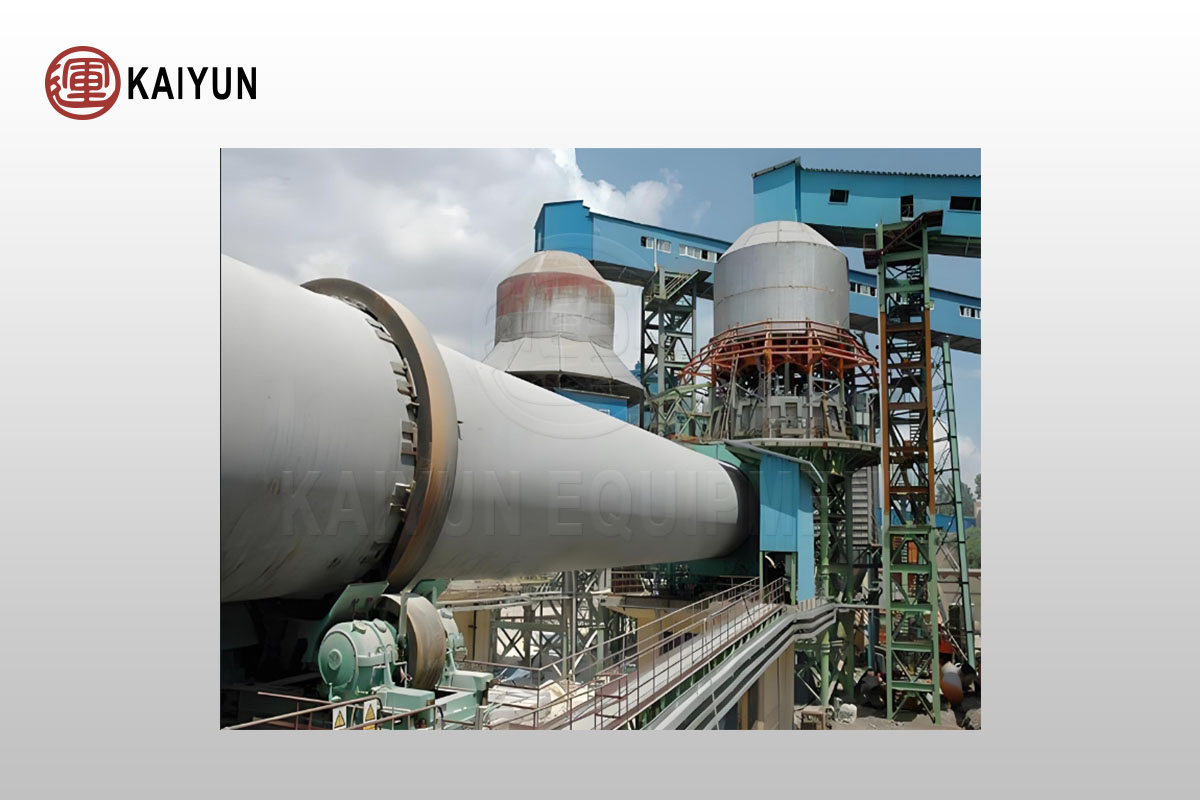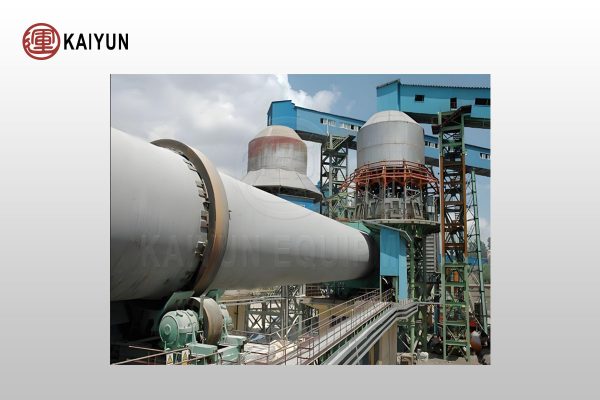Product Introduction
The rotary kiln is a rotating drum equipment for high-temperature heat treatment, which is widely used in cement, metallurgy, chemical industry and environmental protection industries. Its main function is to process solid materials through high-temperature calcination, roasting, sintering and other processes to convert raw materials into the required final products or semi-finished products.
The rotary kiln is mainly composed of a cylinder, a transmission system, a combustion system, a support wheel and a retaining wheel device, a feeding and discharging device, and an exhaust gas treatment system. Because of its strong continuity, stable operation and high production efficiency, it is regarded as an important equipment in industrial production.
Table of Contents

Application Field
1. Cement Industry:
Cement rotary kiln is the core equipment for producing cement clinker and is widely used in cement production lines around the world.
2. Metallurgical Industry:
Used for roasting and reduction of various metal ores, such as nickel iron ore and chromite processing.
3. Chemical Industry:
Used for calcination and roasting of sulfates and phosphates to promote the production of chemical raw materials.
4. Environmental protection treatment:
Widely used for harmless treatment of solid waste and hazardous waste, such as incineration of medical waste and urban garbage.
5. Building materials industry:
used for calcining production of building materials such as limestone and clay.
Working principle
The rotary kiln is usually composed of a cylinder with a certain inclination angle. The cylinder can rotate slowly. The material is fed into the kiln through the feed port, and gradually moves and heat-treated under the high temperature conditions in the kiln.
Its specific working principle is as follows:
1. Feeding: The raw materials enter the rotary kiln through the feeding device. As the kiln body rotates slowly, the raw materials move along the length of the kiln.
2. Heating and calcining: A combustion device is provided in the kiln body to provide heat for the material to undergo high-temperature calcination, roasting and other reactions in the kiln. The temperature is usually between 850℃-1450℃ and is adjusted according to the material processing requirements.
3. Material movement: Since the kiln body has a certain inclination angle, the material gradually moves forward in the kiln as the kiln body rotates, ensuring that the material is fully in contact with the hot air flow, achieving uniform heating and sufficient reaction.
4. Cooling and discharge: The calcined material is cooled by a cooling device at the end of the kiln and discharged out of the kiln to form the final product.
5. Exhaust gas treatment: The exhaust gas generated during the combustion process passes through a special exhaust gas treatment system to remove dust and harmful gases to ensure that the emission meets the standards.
Type classification
1. Cement rotary kiln:
Used to calcine cement clinker and is a key equipment in cement production.
2. Lime rotary kiln:
Mainly used for calcining limestone to produce quicklime, widely used in metallurgy, construction and other industries.
3. Metallurgical rotary kiln:
Used for roasting and reduction of metal ores, such as alumina, nickel iron ore, etc.
4. Chemical rotary kiln:
Used for roasting and calcining of various materials in the chemical industry, such as sulfates, phosphates, etc.
5. Environmental protection rotary kiln:
Used for the incineration of hazardous waste and solid waste to achieve harmless and resource-based waste.
Advantages
1. Strong continuity: The rotary kiln can operate continuously for a long time and is suitable for large-scale industrial production.
2. High thermal energy utilization rate: Improve thermal energy utilization rate and reduce energy consumption through equipment such as preheaters.
3. Flexible operation: the tilt angle, speed, fuel type, etc. can be adjusted to meet the processing requirements of different materials.
4. Excellent environmental performance: equipped with an efficient exhaust gas treatment system, which can reduce the emission of harmful gases and dust and meet environmental protection requirements.
5. Stable product quality: due to the controllable temperature in the kiln, the quality of the products produced by the rotary kiln is uniform and stable.
